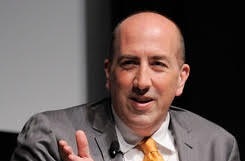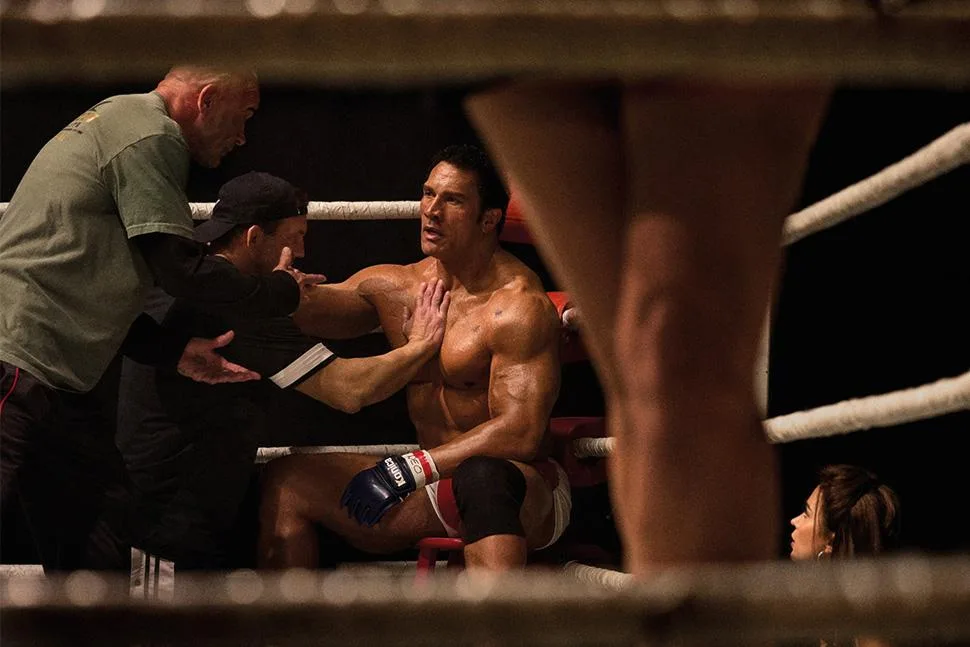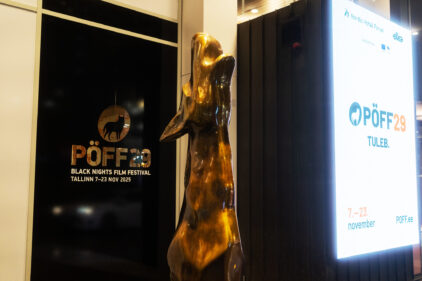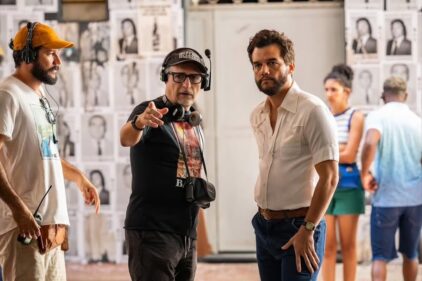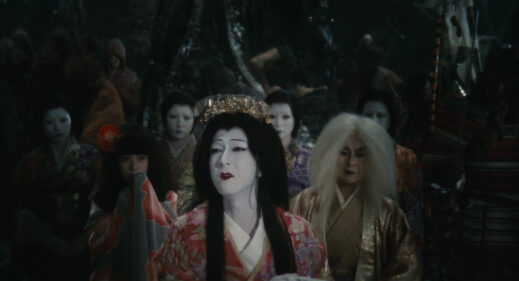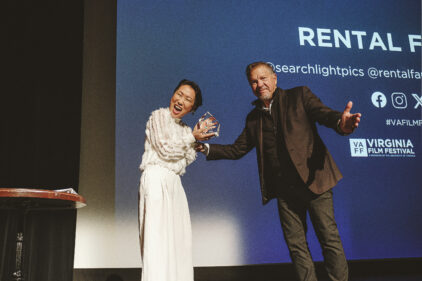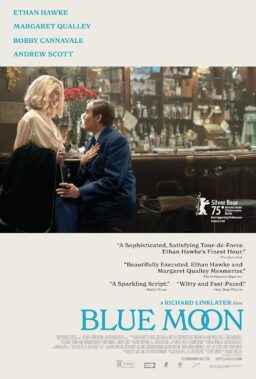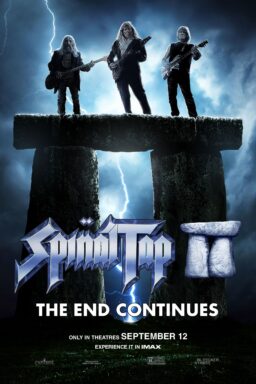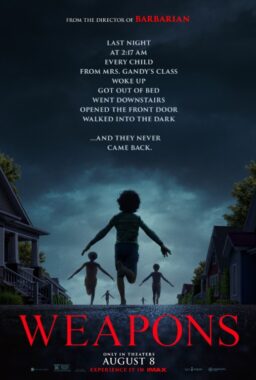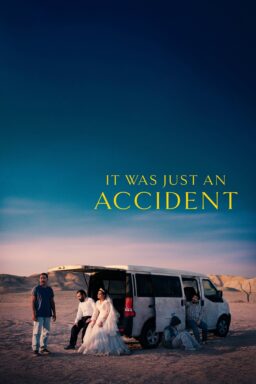The bit in Jean-Luc Godard’s ‘60s film “Pierrot le Fou” where Belmondo asks maverick filmmaker Sam Fuller, playing himself, to give him a precise definition of cinema has been quoted within an inch of its life. So, to preface with a paraphrase of Reagan, here I go again. Quoth Fuller: “Film is like a battleground … It’s love, hate, action, violence, death. In one word, emotions!” The four films I’ll speak about here could not be more disparate on a superficial level. But they are all ultimately about emotions. Emotions twisted, emotions turned over and over again, emotions running wild, and emotions all but buried.
Benny Safdie’s “The Smashing Machine,” starring Dwayne Johnson as Mark Kerr, a real-life pioneer of the now omnipresent sport of mixed martial arts, is a frequently ecstatic portrait of a man addicted to winning—who then becomes addicted to more immediately physically and mentally dangerous things. The movie treats just a few years of Kerr’s life, first as he goes from victory to victory, climbing in the hierarchy of his sport, which is international—a lot of his bouts are in Japan—but not organized in as conglomerated a way as it has become.
His biggest allies are his girlfriend Dawn (Emily Blunt), who marches about in tight jeans and a push-up bra under her clingy low-cut sweaters, and is his brashest cheerleader, and his colleague and possible eventual rival Mark Coleman (Ryan Bader). “Winning is the greatest feeling in the world,” Mark announces early on, blood still on his teeth after he emerges from the ring with another win.
So what happens when you finally lose? The movie is at its most taut and upsetting when showing Mark’s crisis of confidence and the road it puts him on. If there was ever any doubt that Johnson, who came from the world of pro wrestling, is a truly formidable screen performer, this picture will dispel them for good. (And yes, you’ll read other columnists mentioning a little gold man—I can see the former Rock getting it too.)
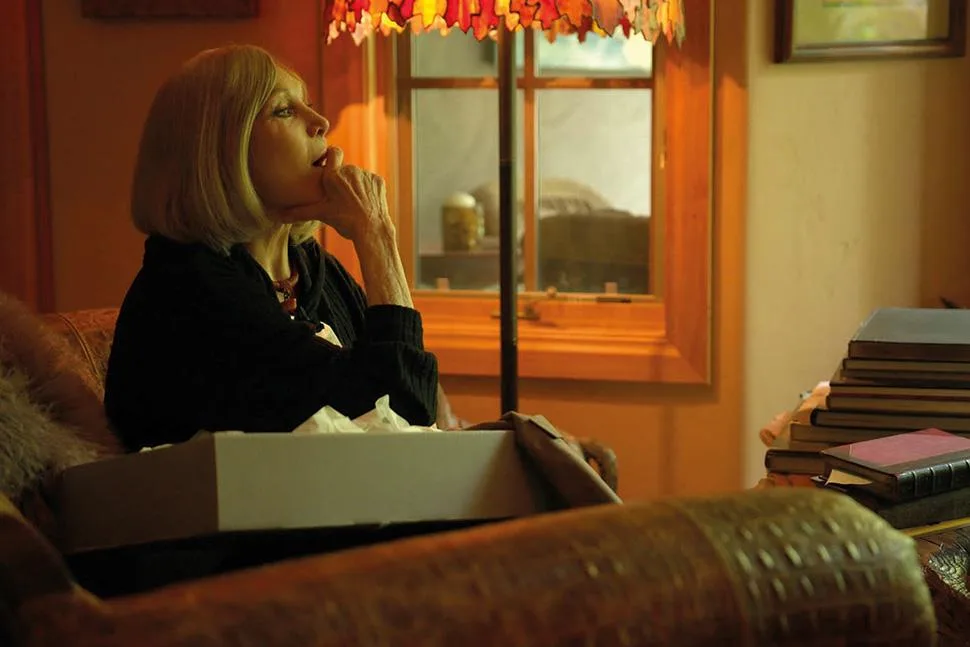
“Kim Novak’s Vertigo” is also a portrait, this one of the real-life Novak, now 92, by Alexandre O. Philipe (“78/52”). The screen icon, a performer of rare beauty and almost frightening vulnerability, abandoned Hollywood decades ago and keep her own counsel in a spectacular house (two prior ones burned to the ground) where she paints almost obsessively.
Title notwithstanding, this movie treats the whole of Novak’s career; the movies surrounding “Vertigo” are brackets. For a Novak obsessive such as myself, this yields a few disappointments. When Richard Quine comes up, she says, “Of course, I fell in love with him” and that’s pretty much it. We see clips from Quine/Novak masterworks like the ineffable “Strangers When We Meet” and the astonishing “Bell, Book and Candle,” but not much more. But the movie is called “Kim Novak’s Vertigo” and among other things it’s nice to hear one of the greatest of “Hitchcock’s Blondes” actually say complimentary things about the Master of Suspense. The dominant personality of the film is hers, and it’s a fascinating one.
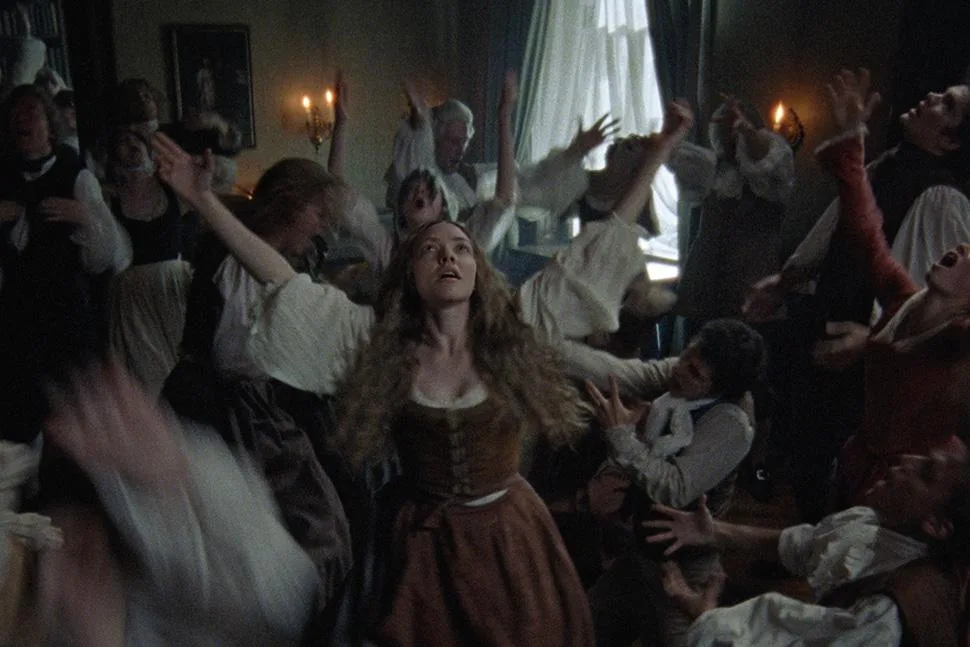
“The Testament of Ann Lee,” directed by Mona Fastvold and starring Amanda Seyfried in a performance of frightening dedication, is also a real-life story, of a founder of the Shaker movement—a sect of the Quakers, so named because while speaking to the Lord, they, well, shook—who faced harrowing persecution in Revolutionary War-era America. Fastvold co-wrote the screenplay with Brady Corbet, her partner and collaborator since the first decade of the 2000s.
“Ann Lee” has some affinities with Corbet’s “The Brutalist” (also co-written by Fastvold). It’s shot on film. It’s very loud. And it’s about a compelling charismatic leader with very definite ideas and little concern about how alienating they might be to others. Oh, it’s also a musical. (Which “The Brutalist” was not.)
Singing is part of Shaker practice generally so you don’t quite get that at first, but, yes, in this diegetic, characters will be walking along and they’ll break into song just like in “The Sound of Music,” only not quite. Seyfried makes Ann Lee’s fervency palpable. Here, faith is largely a matter of emotion, and of demonstrating emotion.
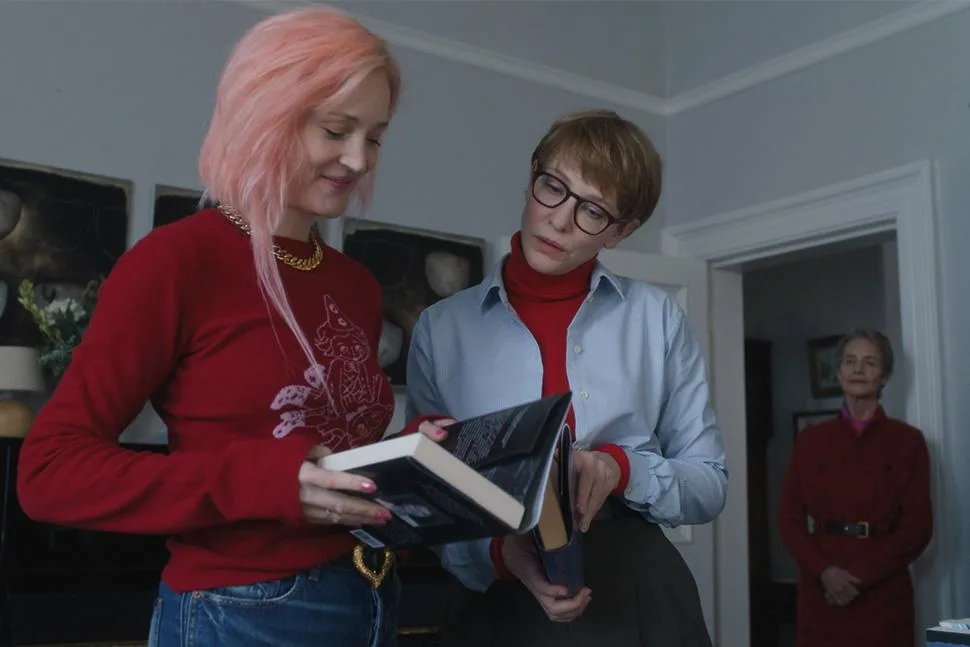
Finally, the new Jim Jarmusch picture, “Father Mother Sister Brother” is, for the first two sections of its three-story construction, a painstaking look at repressed emotions, of families who can’t be anything but awkward with each other. The first tale, with Adam Driver and Mayim Bialik paying a visit upstate to supposed ne’er-do-well dad Tom Waits, has a touch of O. Henry to it. The second, with Vicky Krieps and Cate Blanchett as too-hip and sadly square sisters, respectively, finds them failing to connect with buttoned-up mom Charlotte Rampling. Only the “Sister Brother” sequence, with Indya Moore and Luka Sabbat as twins exploring their dead parents’ digs in Paris, has its relatives show warmth with each other.
After the relative crowd pleasers “Paterson” (2016; wistful, gently comic) and “The Dead Don’t Die” (2019; undead horror filtered through a cultural “get off my lawn” manifesto), this sees Jarmusch going into difficult mode. It’s rewarding, nonetheless.
